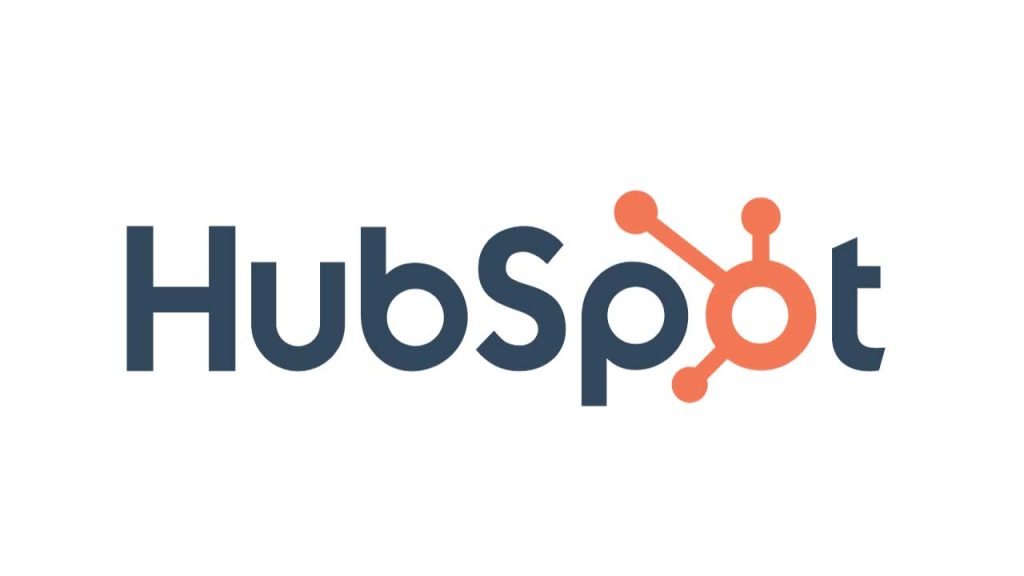HubSpot’s API allows developers to seamlessly integrate third-party systems, manage customer data, and automate a wide range of processes within the HubSpot CRM. It provides extensive customization and automation options, enabling businesses to create powerful workflows, sync data between platforms, and automate routine tasks like updating contact records and managing deals. However, as with most APIs, HubSpot enforces rate limits to ensure the platform’s performance remains consistent and to prevent system overload or misuse. These rate limits define the number of API requests that can be made within a given time period, making it critical for developers to understand and manage their API usage effectively.
HubSpot’s standard API allows for up to 100 requests every 10 seconds and has a daily limit of 250,000 requests per app. Going over these limits can lead to errors and processing delays, which could disrupt business operations or integrations. Developers need to carefully plan and optimize their API usage to avoid these issues. Effective strategies include batching API requests, using webhooks for real-time updates, and prioritizing essential tasks. By managing their API usage within these limits, businesses can ensure smooth and reliable integrations, maximizing the value they derive from HubSpot’s API capabilities.

HubSpot is an all-in-one CRM platform designed to help businesses grow through its suite of tools for marketing, sales, customer service, and operations. Whether you’re looking to streamline processes, attract customers, or scale your business, HubSpot’s user-friendly platform offers powerful, integrated solutions to enhance your entire customer journey.
API rate limits restrict the number of requests you can make to HubSpot’s API within a given period. These limits are implemented to ensure fair access for all users, protect against abuse, and maintain the overall reliability of HubSpot’s infrastructure.
Without rate limits, APIs could be overwhelmed by high-traffic requests from certain users or poorly optimized applications, which would degrade performance for everyone. Rate limits ensure that resources are distributed fairly and that users adhere to best practices in their API usage.
HubSpot’s API rate limits vary based on the type of API and the plan you are on. As of the latest update, HubSpot defines rate limits primarily by two key factors:
In practice, HubSpot’s rate limits are designed to be more than sufficient for most users. However, for businesses with extensive integrations or high API call volumes, it’s essential to plan and optimize their usage accordingly.
Certain use cases may cause you to approach or exceed your rate limits. Here are some common scenarios to watch for:
To avoid running into rate limit issues, it’s essential to adopt best practices in your API integration strategy. Here are some key recommendations:
HubSpot provides tools and reports that allow you to track your API usage. Monitoring your usage in real-time can help you detect when you’re approaching your rate limits. You can view the API call volume in your account’s developer tools or use the /integrations/v1/limit/daily endpoint to programmatically retrieve your current API usage and limits.
By setting up alerts when you approach your limits, you can take action before you hit the ceiling and your API calls start to fail.
For scenarios where you need to retrieve data periodically (such as syncing contacts or pulling deal updates), it’s crucial to optimize the frequency of your calls. Instead of making frequent individual API calls, batch them where possible. For example, rather than polling HubSpot every few seconds, reduce the frequency to every few minutes, and retrieve multiple records in a single request.
Another alternative to frequent polling is using webhooks. With HubSpot webhooks, you can receive push notifications when certain events occur, such as contact property changes or deal updates. This allows you to respond to real-time changes without constantly polling the API.
Many of HubSpot’s API endpoints allow you to specify pagination and limit parameters when retrieving data. This ensures that you are retrieving only the data you need, reducing the number of API calls required.
For instance, when retrieving contacts, you can set a limit parameter to specify how many records to return per request. This allows you to make fewer requests and retrieve large data sets efficiently.
When making API calls to retrieve the same data multiple times, consider implementing caching in your application. Caching frequently accessed data locally reduces the number of API requests made to HubSpot. This is particularly useful for static or infrequently updated data, such as company information or product catalogs.
When you reach HubSpot’s API rate limits, additional requests will fail with a 429 Too Many Requests error. To avoid immediate retries that may exacerbate the problem, implement an exponential backoff strategy. This means that after each failed request due to rate limits, you wait for increasingly longer intervals before retrying. For example, you might wait 1 second after the first failure, 2 seconds after the second, 4 seconds after the third, and so on.
HubSpot includes headers in their API responses that can help you handle these errors more gracefully. These headers provide information about your current API usage and the time until your rate limit resets.
As your business grows, so will your API usage. Plan ahead by understanding your current rate of API consumption and projecting future growth. If you expect to exceed the standard limits, consider upgrading to HubSpot’s Enterprise plans, which offer higher rate limits and dedicated resources for larger organizations.
Additionally, HubSpot’s Operations Hub offers programmable automation that can help streamline data management and reduce unnecessary API calls by automating common tasks.
HubSpot’s API rate limits ensure that the platform remains stable and responsive for all users. By understanding these limits and implementing best practices, you can build robust and scalable integrations without running into issues. Regularly monitor your API usage, optimize call frequency, implement caching, and plan for growth to ensure smooth, uninterrupted operation.
Whether you’re building a complex integration or simply syncing data between HubSpot and a third-party app, these best practices will help you make the most of HubSpot’s API while staying within the rate limits.